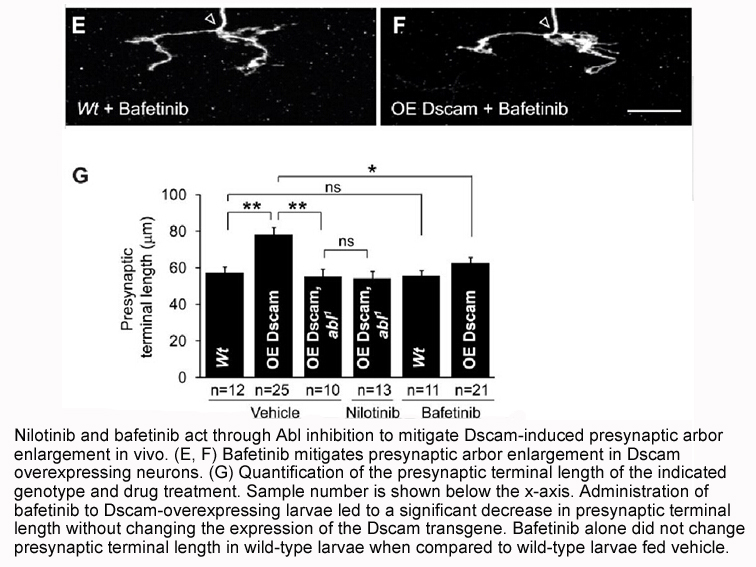Archives
br Surgical margin in gastric cancer The effect of positive
Surgical margin in gastric cancer
The effect of positive or negative resection margin on the prognosis of gastric cancer was recognized and debated for decades. In a retrospective study by Chen et al, 64 advanced gastric cancer patients with positive resection margin after potentially curative resection were investigated for the prognostic effect of postoperative resection margin status for intraoperative positive resection margins. The survival between those patients who were re-excised to a negative resection margin and those who were left with positive resection margin was compared. The median survival in the positive resection margin group was 17.0 months as compared with 23.0 months in the negative resection margin group (p = 0.045). Thus, re-excision for an intraoperatively positive margin to a negative margin as a standard, can improve the prognosis of the patients with advanced gastric cancer. Therefore, routine frozen section examination of the resection margins should be made mandatory in all advanced gastric cancer patients undergoing potentially curative surgery. However, it Bindarit is necessary to discuss how far is adequate to avoid the positive resection margin. In fact, the incidence of infiltration of the proximal edge was significantly higher when the tumor penetrated the serosa layer or spread beyond it than when the lesion was confined to the mucosal, submucosal, or muscular layer. With reference to the length of the resection margin, no involvement was found when the cranial distance between the lesion and the line of resection was ≥6 cm. Proximal or distal infiltration for a distance >3 cm did not occur in patients with lesions confined to the mucosal, submucosal, and muscular layers. With regard to the length of the resection margin, no involvement was found when the cranial distance between the lesion and the line of transection exceeded 2 cm in patients with orally well-defined-type esophageal invasion. However, in patients with orally ill-defined type, transection with a distance >4 cm commonly guarantees safety of the proximal margin, except for cases with lymphatic invasion. These data provide a gastric surgeon with a rational basis for assessing the extent of resection while performing gastrectomy for gastric cancer.
In the case of adenocarcinoma of the gastroesophageal junction (GEJ), the length of esophageal resection or the operative approach influences the outcome of the patients. A multivariable analysis in patients who underwent R0 resection with lymph nodes examinations revealed that the number of positive lymph nodes, T stage, tumor grade, and ex vivo proximal margin length >3.8 cm were independent prognostic factors. In addition, the study reported that in patients not receiving neoadjuvant therapy, the goal for patients with adenocarcinoma of the GEJ should be R0 resection including at least 15 lymph nodes, preferably with 5 cm of grossly normal in situ proximal esophagus for those with six or less positive lymph nodes. Therefore, in order to achieve better results it should be individualized to decide the esophageal resection margin and operative approach.
Surgical margin in primary and secondary liver cancer
Surgical margin in colorectal cancer
The Japanese general rules for clinical and pathologic studies on cancer of the colon, rectum, and anus state that a 3-cm distal resection margin is needed in rectosigmoid cancer and rectal cancer with a distal edge above the peritoneal reflection, and a 2-cm margin is needed for rectal cancer with a distal edge below the peritoneal reflection. In a study of 381 patients by Shimada et al, the maximum extent of distal spread in patients with rectosigmoid cancer or rectal cancer with the distal edge above the peritoneal reflection was 3.8 cm, whereas it was 3.5 cm in patients with r ectal cancer with the distal edge below the peritoneal reflection. Therefore, a further increase of 1–2 cm beyond the recommended distal resection margin may contribute to improved local control for patients with distant metastasis.
ectal cancer with the distal edge below the peritoneal reflection. Therefore, a further increase of 1–2 cm beyond the recommended distal resection margin may contribute to improved local control for patients with distant metastasis.